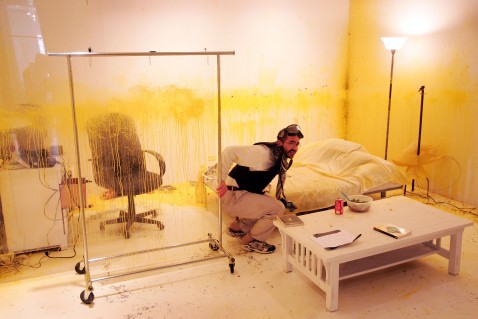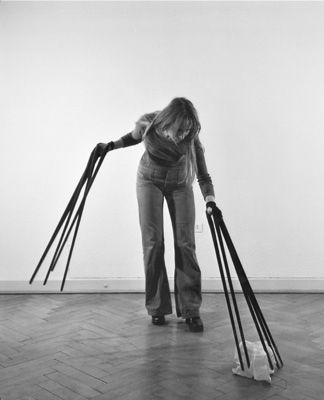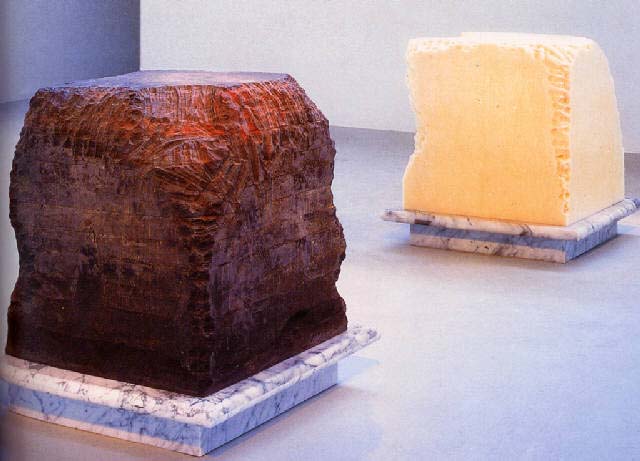




1) How can an artist supported by an institution criticize that institution? Can there be underlying agendas? Does this make the work less potent?
2) How can artwork displayed in an institution be an institutional critique?
3) Why do institutions support artwork that criticizes them?
4) Can artwork that opposes institutional standards (for example touching or taking or disrupting artwork) be an institutional critique? Or, is it an artistic choice? Is this always the case?
5) What are non-artistic ways to evoke an institutional critique? For example, are the lectures that the Gorilla Girls give art or is their work the visual elements that they produce?
























